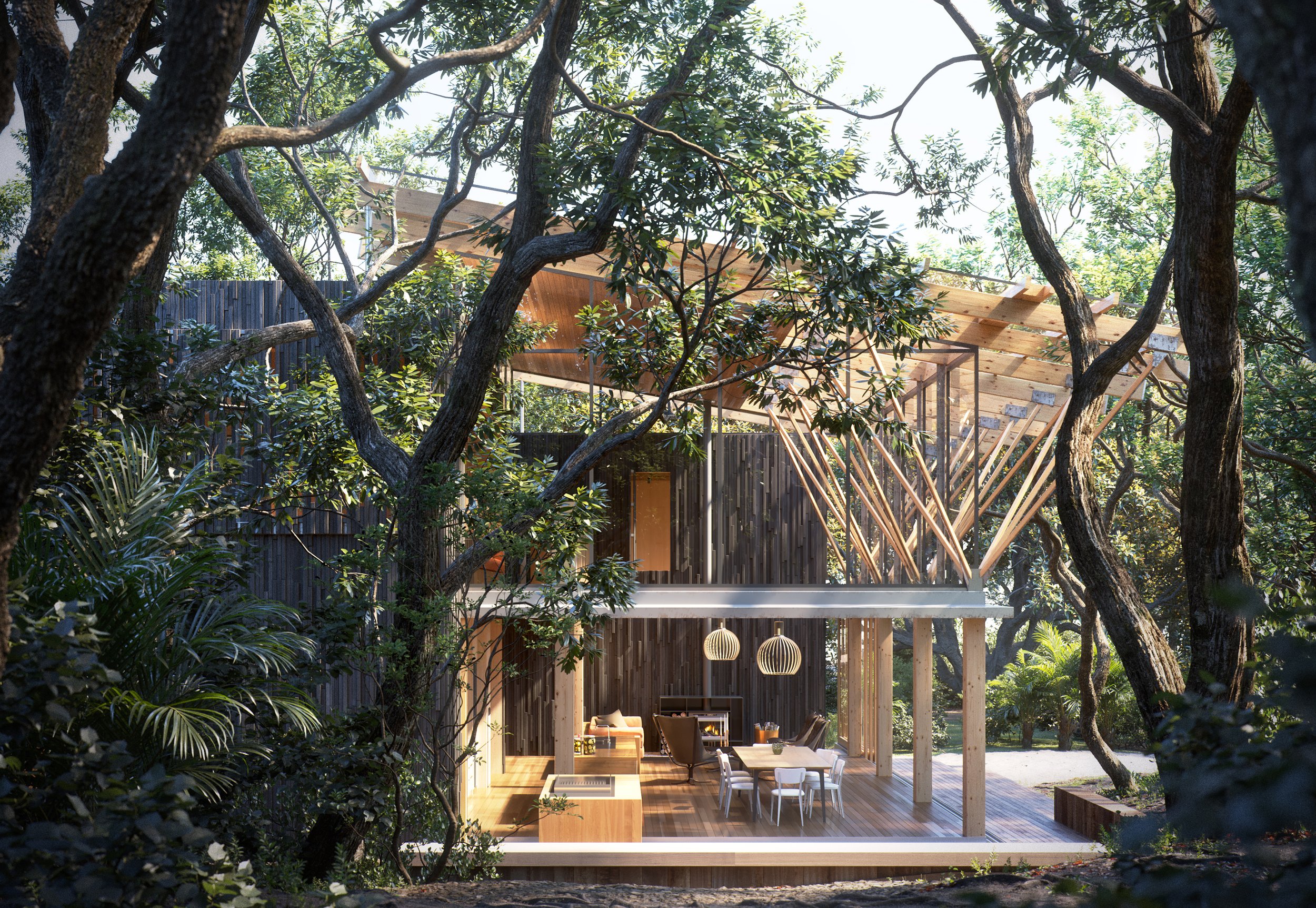Exploring the Diverse Purposes of Still Image Rendering, Animation Rendering, and VR Rendering in Architectural Visualization
Rendering plays a pivotal role in bringing designs to life. Architects, designers, and stakeholders rely on high-quality renderings to visualize spaces and communicate design concepts effectively. As technology continues to advance, the industry offers various rendering options, each catering to specific needs. In this blog, we will delve into the distinct purposes of still image rendering, animation rendering, and VR rendering, and explore which rendering method is best suited for different scenarios.
Still Image Rendering: Freezing Time in a Frame
Still image rendering is the most traditional form of architectural visualization. It involves creating a static, single-frame image that captures a specific viewpoint of the architectural design. These images are used to portray the intended look and feel of the space. Still image renderings are excellent for presentations, marketing materials, portfolios, and competitions, where a detailed and captivating snapshot of the design is required.
Key Features:
High resolution and attention to detail for a polished, realistic look.
Artistic control over lighting, materials, and composition to evoke desired emotions.
Efficient rendering times, making it suitable for quick turnarounds.
Best Use Case: Still image rendering is ideal for showcasing finished interiors or exteriors, allowing clients and stakeholders to grasp the essence of the design at a particular moment in time. Use it in scenarios where you want to create a lasting impact with a compelling visual presentation.
Animation Rendering: Unfolding Stories with Motion
Doll’s house animation by 2G Studio
Animation rendering takes the static nature of still images a step further by introducing motion to the scene. It involves creating a sequence of images that, when played in succession, simulate movement and actions within the architectural space. Animation renderings bring designs to life, illustrating how spaces transition and interact over time. They are powerful tools for visual storytelling, capturing the flow and functionality of a building or landscape.
Key Features:
Smooth transitions between scenes, enabling viewers to experience spatial relationships.
Showcasing design concepts, functionality, and how users would interact within the space.
Conveying dynamic elements such as changing lighting conditions or moving objects.
Best Use Case: Use animation rendering to present large-scale projects, urban planning, and interior walkthroughs. It's an effective tool for conveying the user experience within the space and demonstrating design features that cannot be captured in a still image.
VR Rendering: Immersive Experiences in Virtual Reality
The Tamora Residence VR Rendering, rendered by 2G Studio
Virtual Reality (VR) rendering takes architectural visualization to a whole new level by providing an immersive and interactive experience. VR renders enable users to explore architectural spaces in a virtual environment using VR headsets. This technology offers a sense of scale, proportion, and spatial understanding that traditional renderings can't match. VR rendering is highly engaging, making it suitable for client presentations, public exhibitions, and internal design reviews.
Key Features:
Immersive 3D experience that allows users to move and interact within the virtual environment.
Real-time rendering for instant feedback and design exploration.
Enhanced sense of presence, creating an emotional connection with the design.
Best Use Case: VR rendering is perfect for scenarios where clients or stakeholders want to experience the project firsthand, virtually walking through the spaces and interacting with elements. It's particularly valuable for design validation and ensuring the end-user experience aligns with expectations.
Scenario X: Choosing the Right Render
To determine the best render for Scenario X, consider the project's specific requirements and objectives:
If you need a captivating visual representation of a finished design or concept, opt for Still Image Rendering. This is suitable for marketing materials, portfolios, or competitions where one impressive snapshot can convey the essence of the project.
For large-scale projects or designs with dynamic elements, Animation Rendering is the way to go. Use it to showcase the transition of spaces and emphasize the functionality and user experience of the design.
When looking for an immersive and interactive experience, VR Rendering is the clear choice. VR is perfect for scenarios where clients or stakeholders want to virtually explore and interact with the architectural space.


